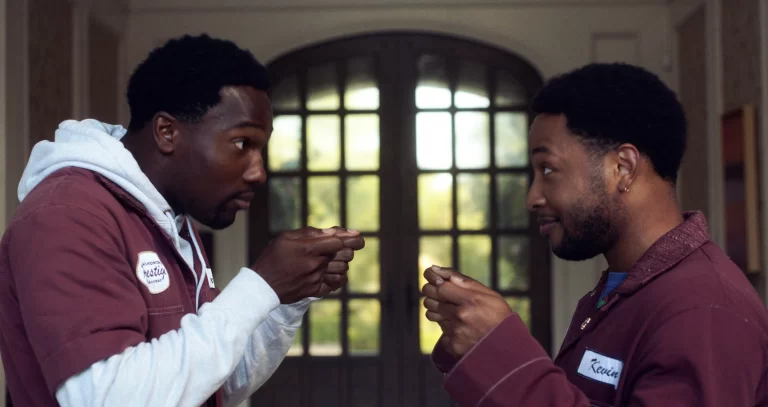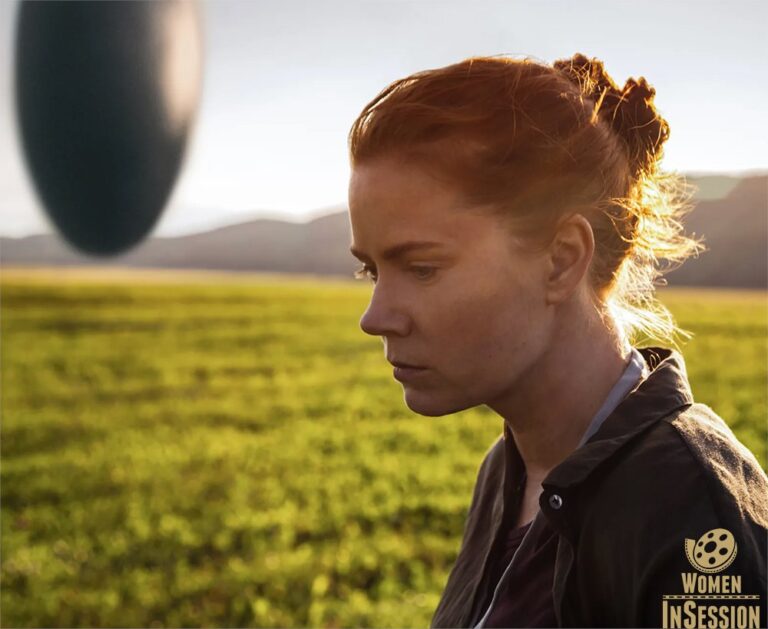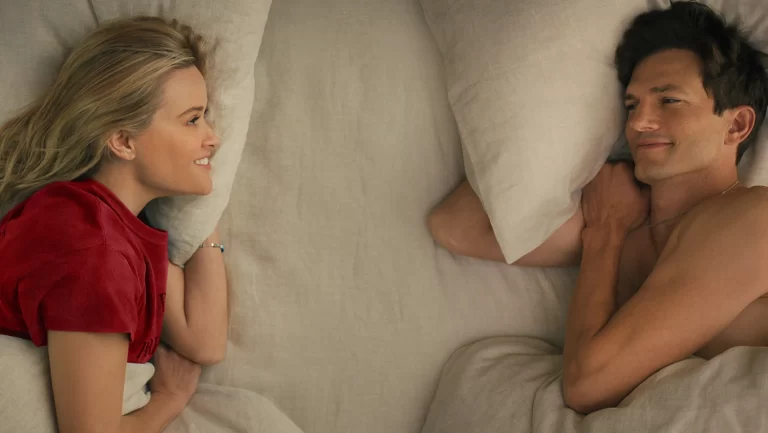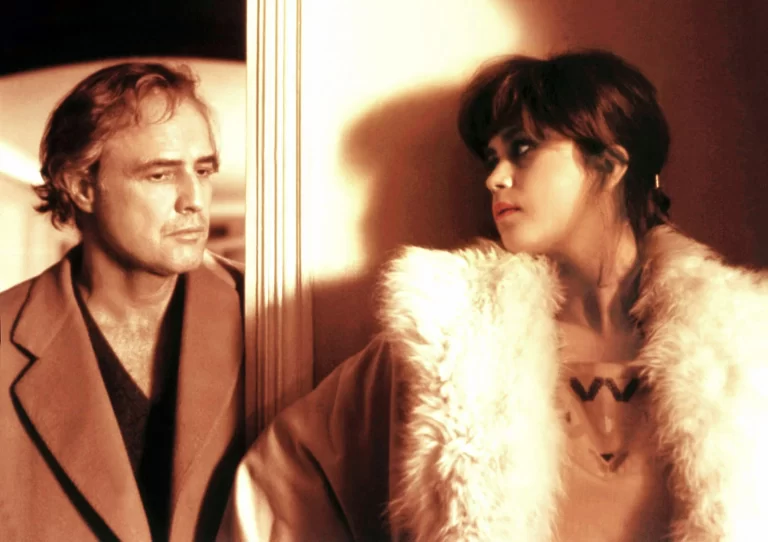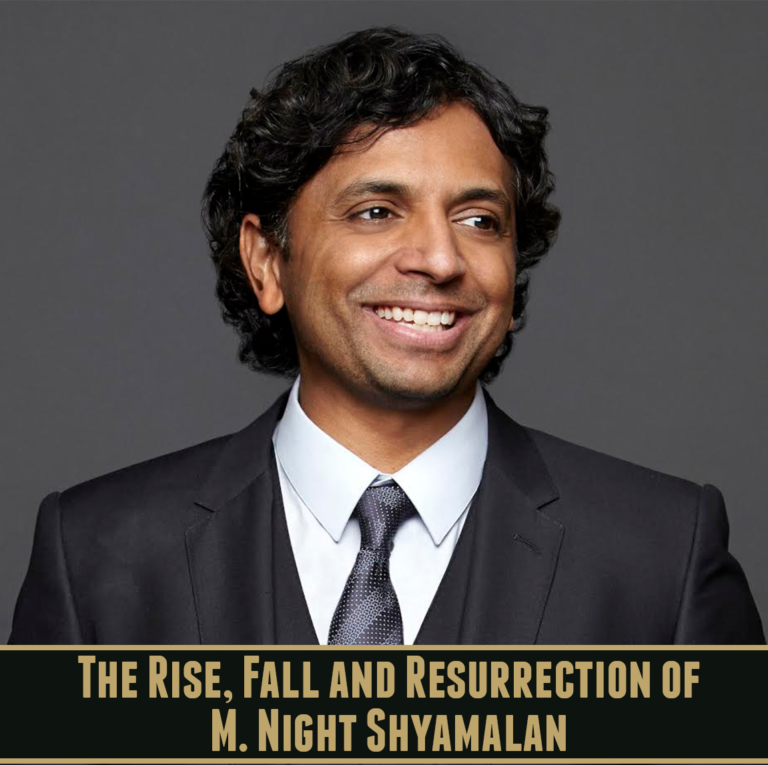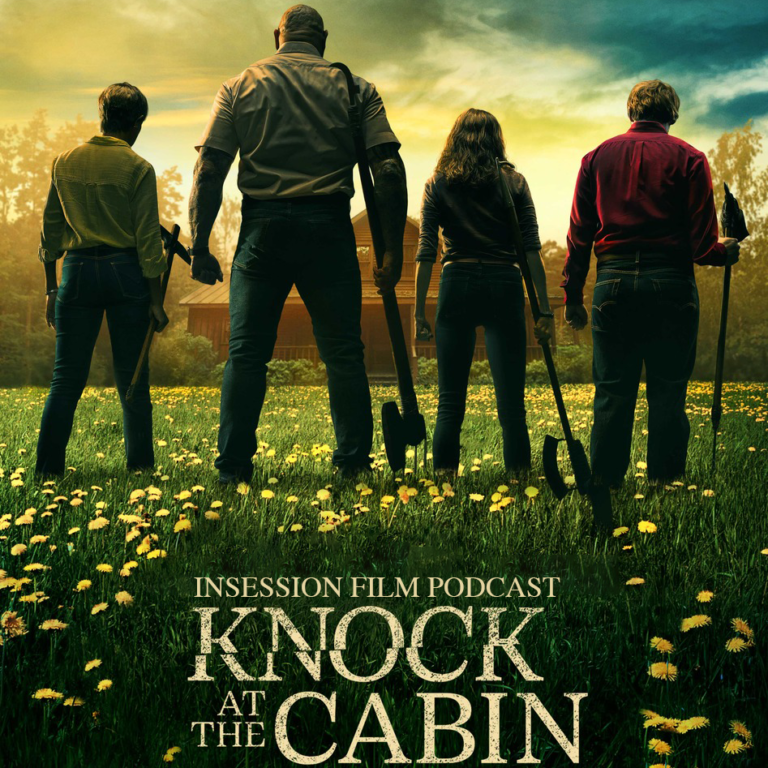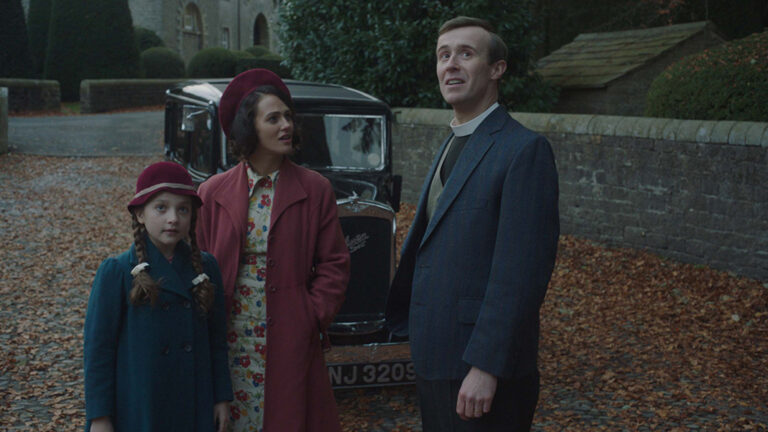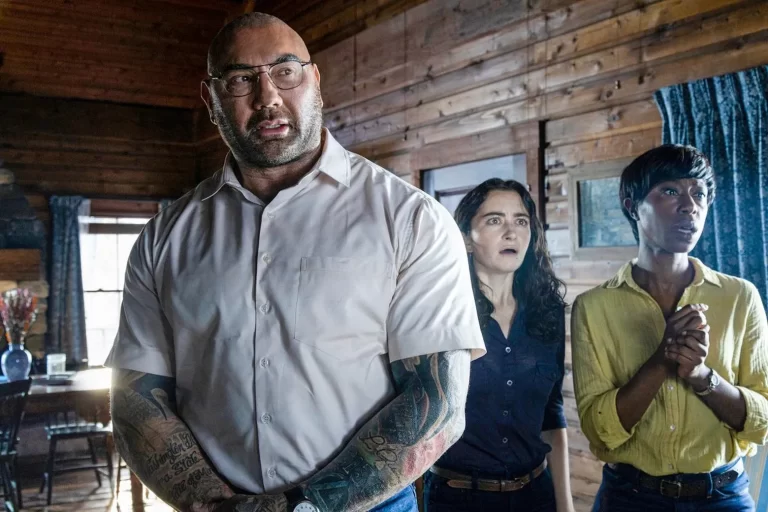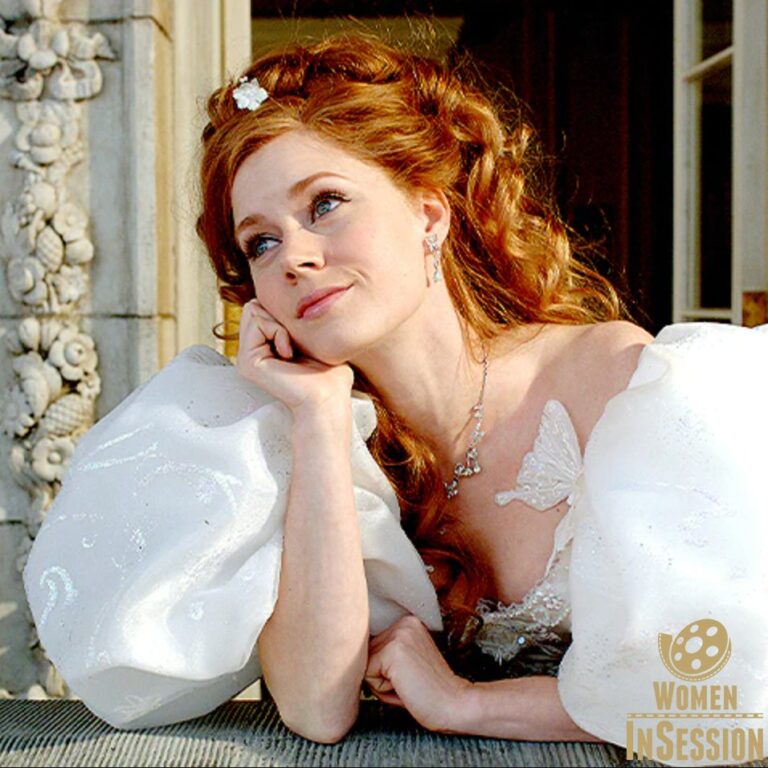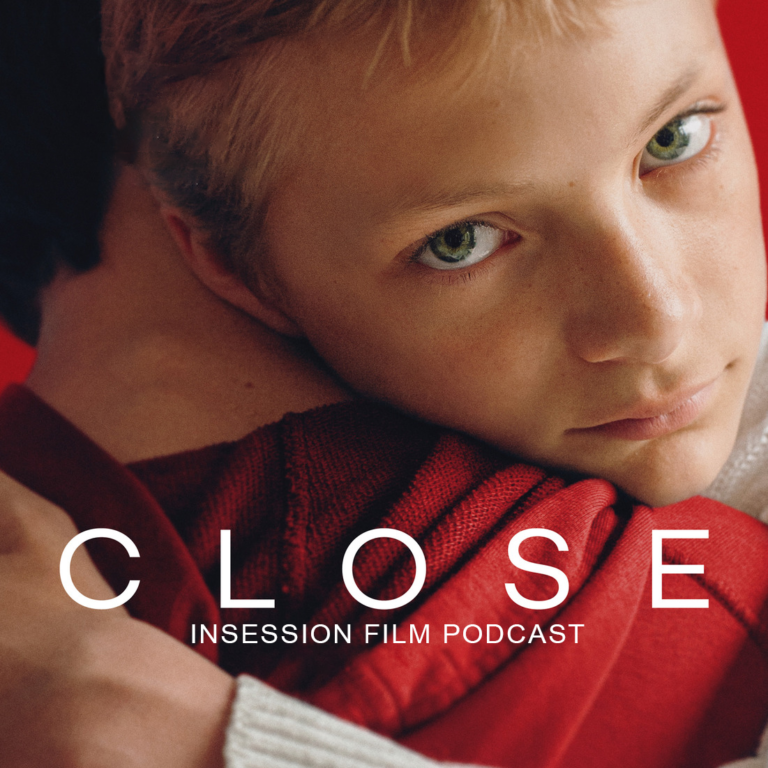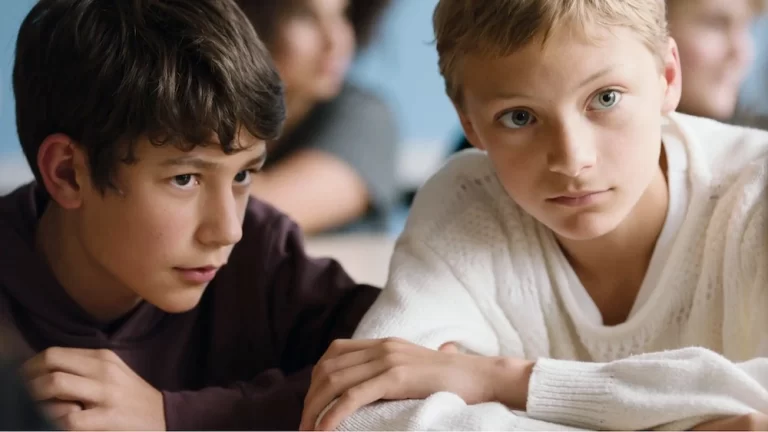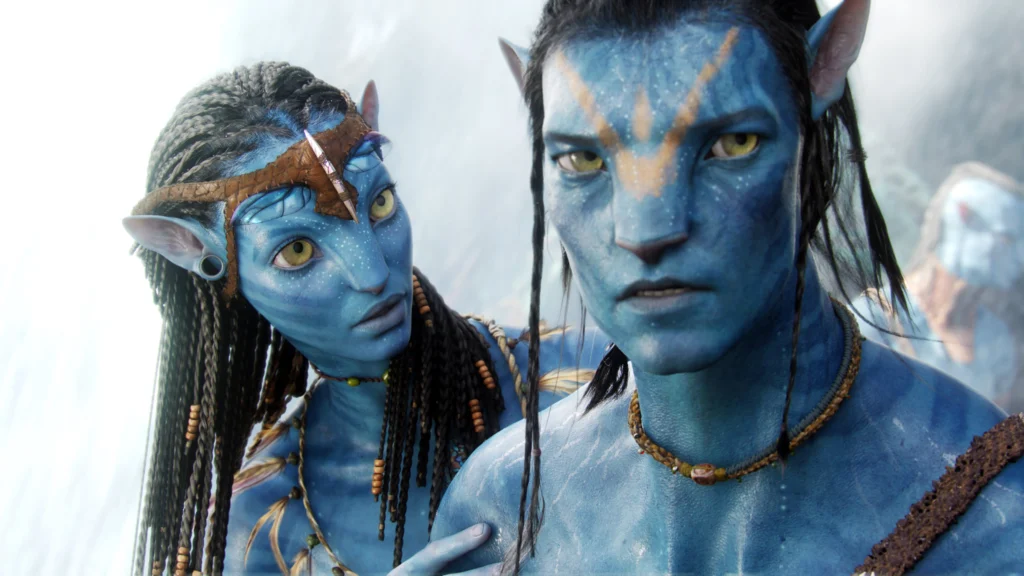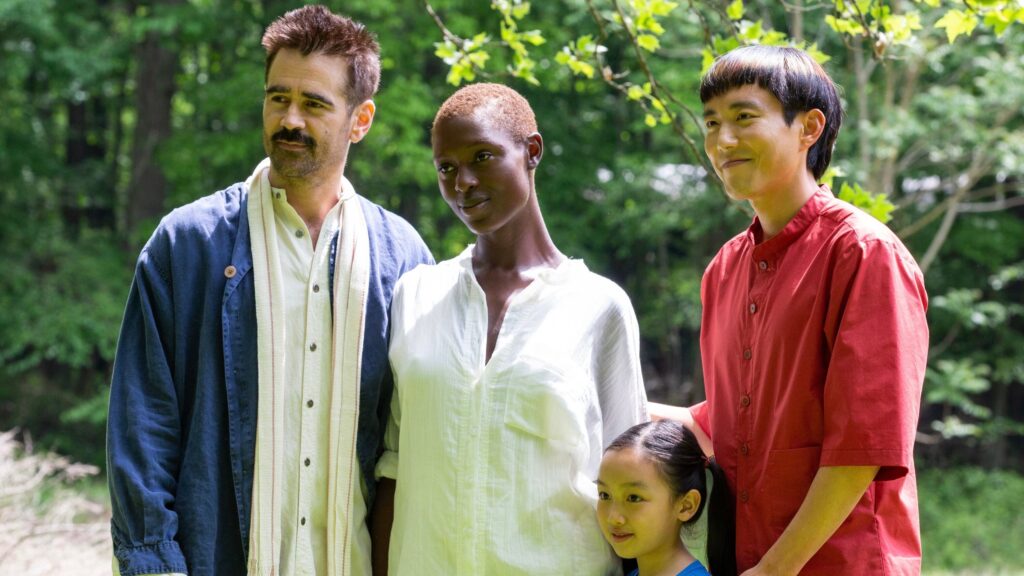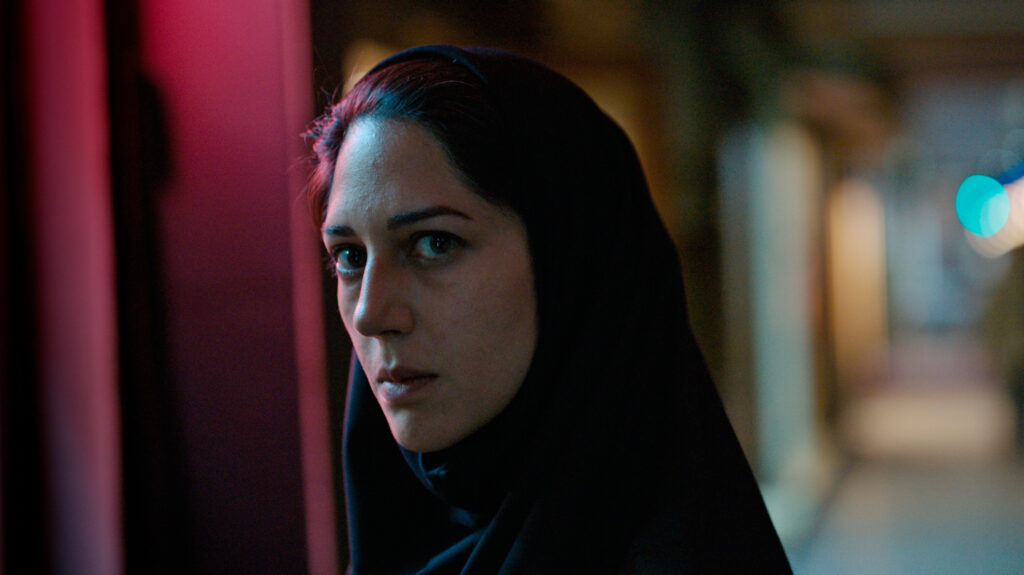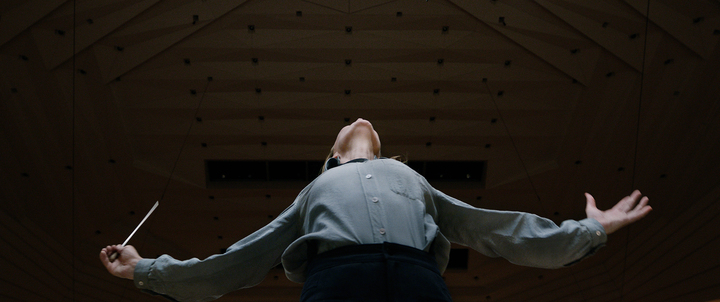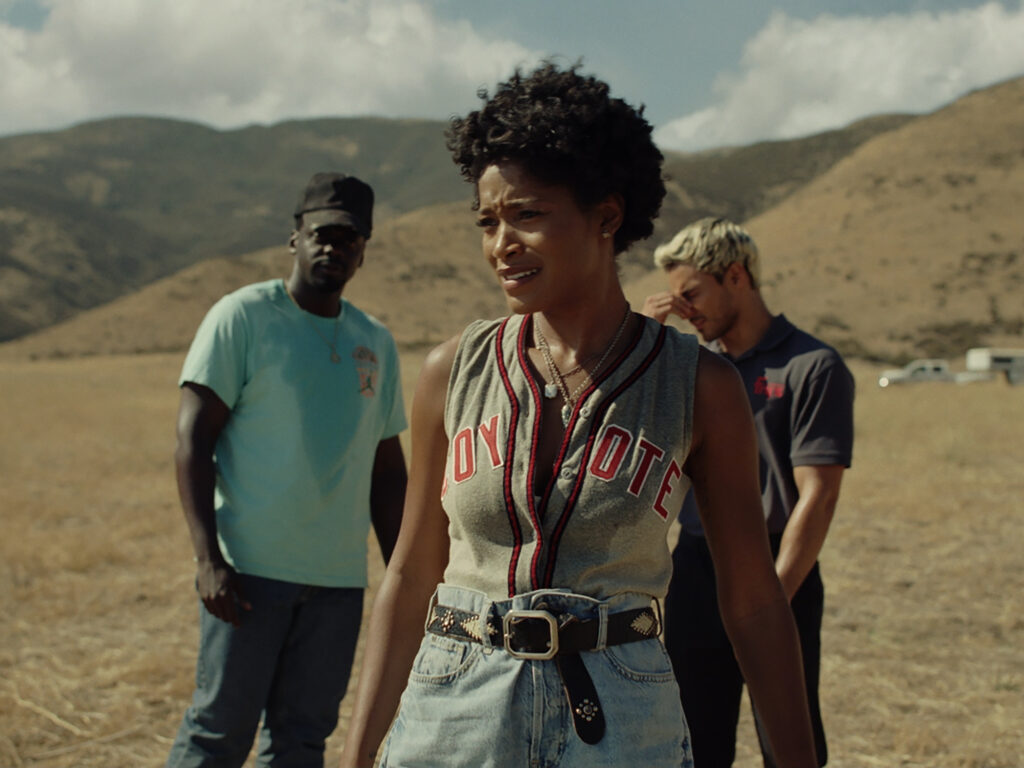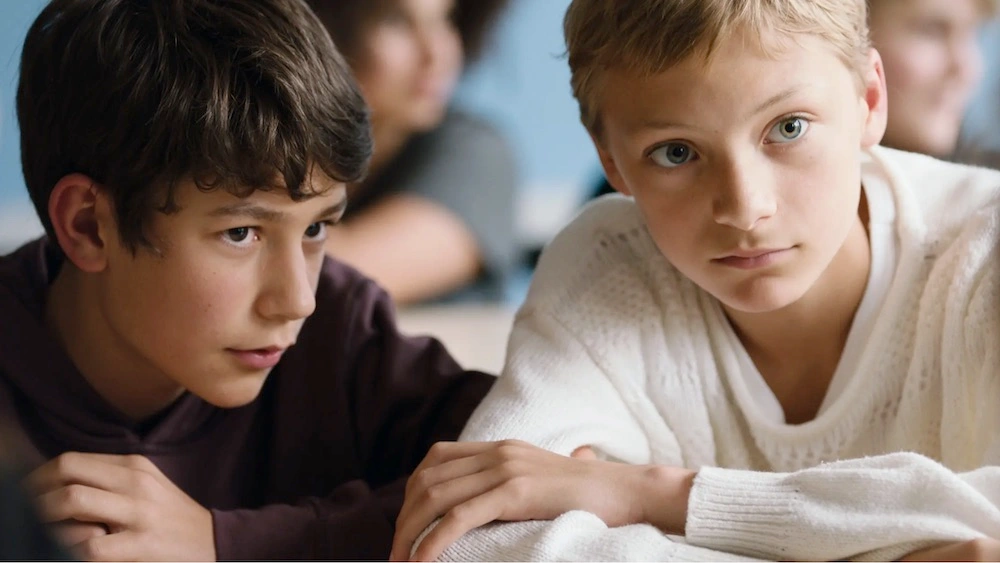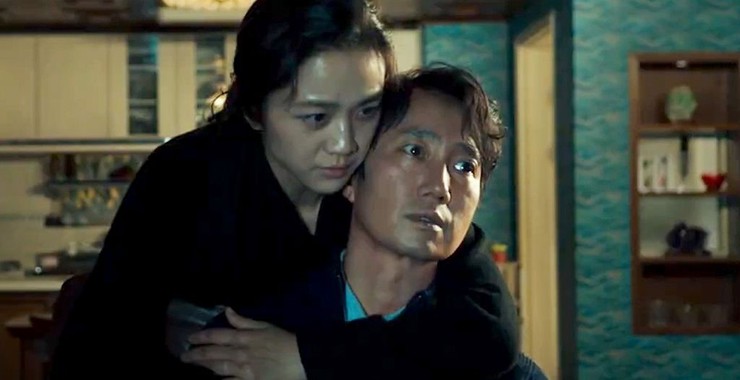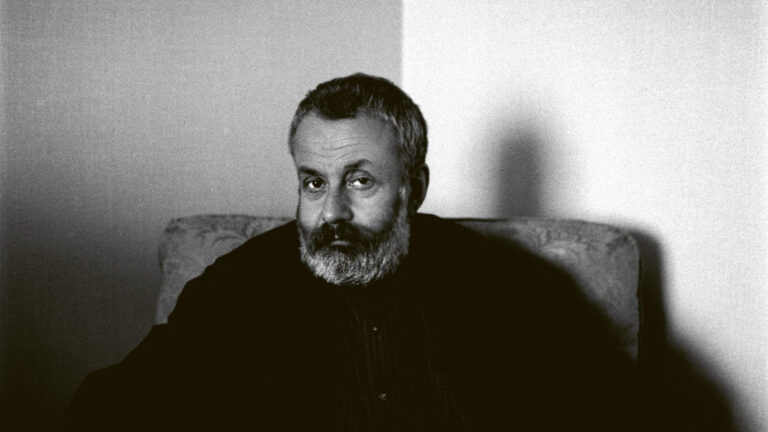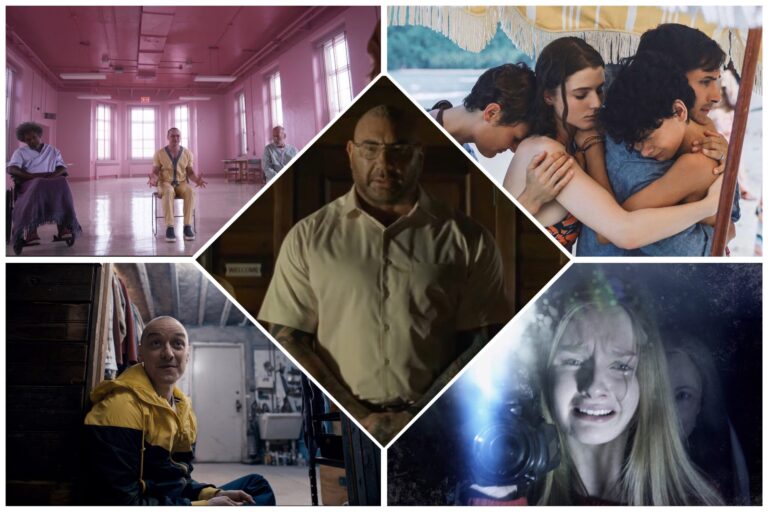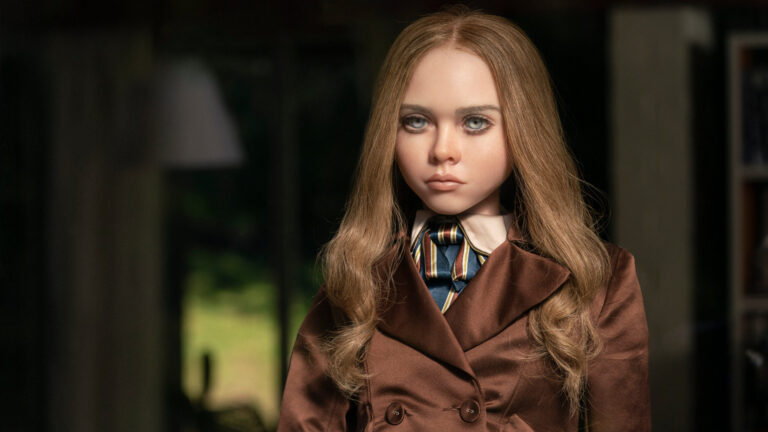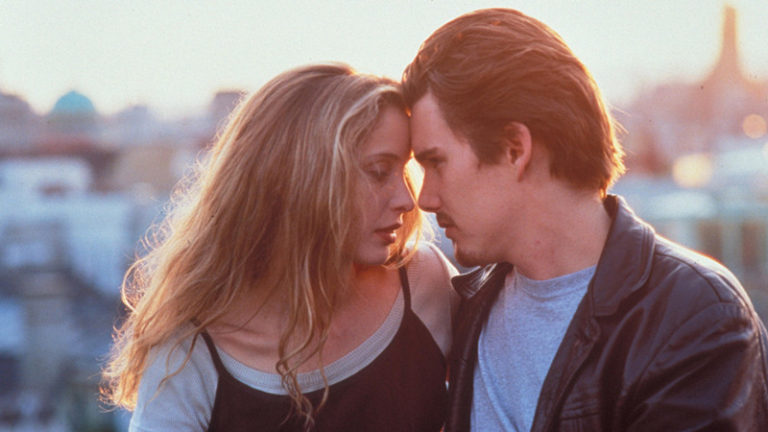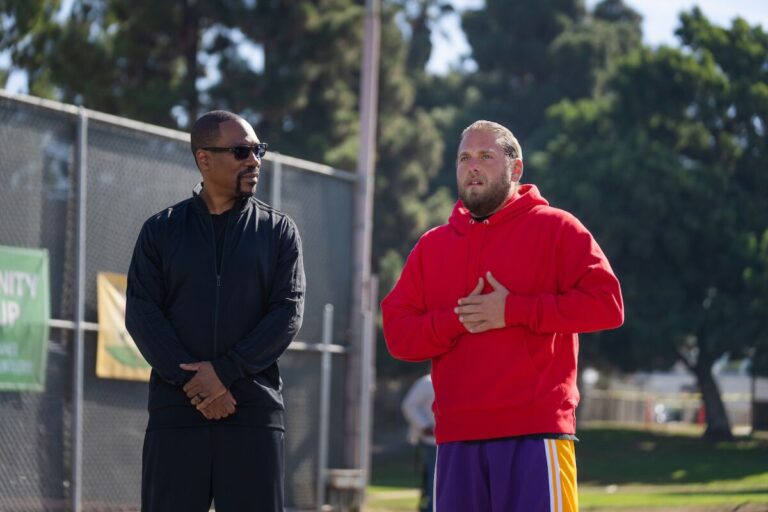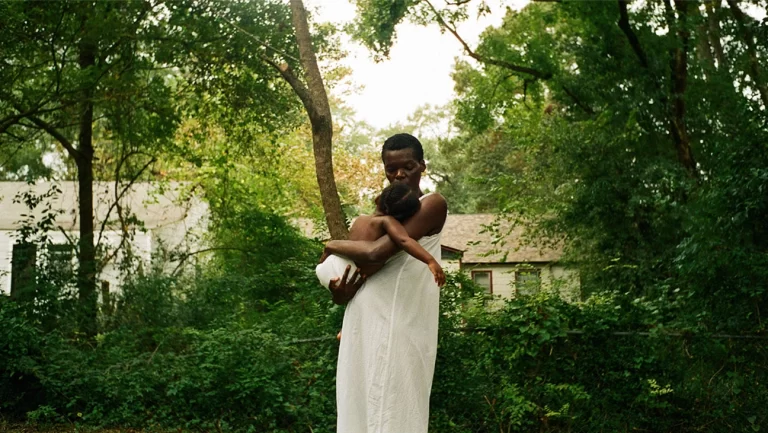It is my pleasure once again to be posting here on InSession. Like last year, I was able to speak with a member of SAG about their opinions on the nominees and, of course, who they voted for this time around.
This year I spoke with an east coast SAG member with several years in the business who you may have seen in an infamous HBO show from a couple of years ago. We’ll refer to them as “SAG Voter” here.
Transcribed by Zach Youngs
Joey Gentile: Hello, shall we dive in?
SAG Voter: I’m ready.
JG: Perfect. Let’s start with Supporting Actress.
Hong Chau, The Whale: That was a terrible film. Just awful from staging to script. Hong Chau stands out, though. I’m surprised to see she made the cut, but even in a bad movie like this one the good performances can come through.
Jamie Lee Curtis, Everything Everywhere All At Once: Honestly? What’s the hype about this performance? I’m surprised, yet not surprised she made the list. Because of that I’m a little disappointed she took this spot. I thought she was much more memorable in her brief stint on New Girl.
Angela Bassett, Black Panther: Wakanda Forever: She was so excellent in the first Black Panther, I’m excited she’s finally getting some recognition for this role. I’m glad this film showed up here rather than getting lost in the stunts or ensemble category. She deserves the individual accolades.
Kerry Condon, The Banshees of Inisherin: I was thrilled when she made this list. She deserves so much recognition and praise for this performance. She’s so good in the film I just wanted more and I have no doubt we’ll be seeing Kerry Condon’s name on many ballots in the future.
Stephanie Hsu, Everything Everywhere All At Once: She could have easily been overshadowed by Jamie Lee Curtis or dismissed because of the length of the dildo scene. But, I’m so glad the SAG did right by her. It’s a fantastic performance.
My vote is for ANGELA BASSETT. What can I say, she is the queen! You can tell she’s been disappointed by how it all turned out in the film, but this is her victory lap.
JG: There were a couple of ways that could have gone. Let’s see who you’re into for Best Supporting Actor.
SV: Off we go.
Ke Huy Quan, Everything Everywhere All At Once: I love the comeback narrative for him. This was the perfect role for him to shine with. There’s no doubt in my mind he’s going to walk away with this prize.
Eddie Redmayne, The Good Nurse: As much as I love Eddie, the overacting in his face was over the top and too distracting. I enjoyed the film and it is a very good performance, but yeah, I couldn’t get fully into it.
Brendan Gleeson, The Banshees of Inisherin: It’s not his best and really he is the co-lead, so what is he doing in the supporting race? Brendan Gleeson is the kind of actor who really brings it and he is phenomenal as always, but he’s not the strongest performance of the film.
Paul Dano, The Fabelmans: If only this was for his work as The Riddler in The Batman. He is a good dad, but there are other performances in this film that deserve more recognition.
Barry Keoghan, The Banshees of Inisherin: He’s my favorite funny, little guy. Barry Keoghan is the go to for these types of parts and he packs so much into a small part. He’s got so much potential and shows a lot of it here.
It was a tough call, but I have to stick with the actor who stuck with me the longest. I love an underdog, so BARRY KEOGHAN gets my vote.
JG: You threw a curve ball at me with that one.
SV: Like I said, I love an underdog.
JG: Shall we move on to Best Actress?
SV: Yes, please.
Ana de Armas, Blonde: Marilyn Monroe has to be spinning in her grave. This movie makes me so angry. I won’t dismiss Ana de Armas outright, it was a fine performance, but I can’t abide this god awful, (bleep)-ing movie.
Michelle Yeoh, Everything Everywhere All At Once: It’s about time! Her body of work is filled with terrific performances and I’m so glad she’s finally getting the recognition she deserves from her peers in SAG. She’s the best of the cast for sure and even though she’s a frontrunner, I worry she won’t be the name called on the night.
Danielle Deadwyler, Till: I love her. Her approach and performance were astounding to watch. You can see in interviews she’s done about the performance how much the history of this tragedy weighed on her and brought about what we see on screen.
Cate Blanchett, Tár: Tár really didn’t work for me. It’s an aggressively OK film. Cate Blanchett is good and she’ll likely walk away with it on awards night. She’s got that great campaign and is so beloved. She’s a shoo-in if I ever saw one.
Viola Davis, The Woman King: Just amazing. She’s so good here. Everyone in The Woman King is so good. This film needs more hype and more attention. Gina Prince-Bythewood should be nominated for every award she’s eligible for. Such a good performance.
My vote has to go to DANIELLE DEADWYLER. She’s so compelling in a way that all the other actresses were not.
JG: All right, are we ready for Best Actor?
SV: (laughs)
JG: Is there something I should know?
SV: (laughs again) Oh, let me tell you all about these actors.
JG: Can’t wait.
Adam Sandler, The Hustle: I don’t understand how this happened. This film, this performance is not for me at all. It was all campaigning. There were under the radar events and lots of glad handing. Obviously it worked because look at Adam Sandler over here living his best life. Not for me at all.
Austin Butler, Elvis: You’re from Anaheim, be from Anaheim! That (bleep)-ing accent was awful! This man deserves no praise. This man shouldn’t even be spoken of in this conversation.
Brendan Fraser, The Whale: I love Brendan Fraser and I wish this nomination was for a better movie. This film does not portray obesity in the best light and I want people to warn friends struggling with their weight that this film should be avoided at all costs. His performance is great, but I can’t vote for him because of the film it’s in.
Colin Farrell, The Banshees of Inisherin: He’s so good in this film. I love that he’s getting this praise and recognition. With this, plus The Batman, Colin Farrell’s having a phenomenal year. This performance has all of my heart.
Bill Nighy, Living: I got to see Living at a film festival a year ago and loved it. I wish this film had a better marketing push and I’m so glad this performance made it into SAG. It’s about time Bill Nighy got the recognition he deserves.
COLIN FARRELL is my man. Couldn’t love this performance more.
JG: Wow, some strong feelings with that one. Should we move on to Best Acting Ensemble?
SV: Let’s do it.
Women Talking: All of the performances were strong, the actors perfect, the film, though… not so much. The performances are overshadowed by the issues discussed and you get too bogged down in the story. It really makes you feel bad about yourself.
The Fabelmans: It’s a solid cast, but the whole movie fell flat for me. Movies about movie making aren’t always my favorite.
Babylon: This movie is also about movie making, but it is more fun than The Fabelmans. It’s got a strong ensemble led by Diego Calva and Margot Robbie, but the overall movie fell flat. It’s a shame because I loved La La Land so much.
Everything Everywhere All At Once: I didn’t see this movie until I got a screener of it and I honestly just didn’t get it. I enjoyed it, the performances are great, but it’s not earth-shattering work.
The Banshees of Inisherin: This one gets my vote. Hands down my favorite film of the year. From leads to day players, every single performance is amazing. I love it and it’s brooding, Irish melancholia.
JG: Perfect, let’s go around the horn for the rest of the categories.
SV: Here we go.
STUNTS FILM: Top Gun: Maverick
MALE TV: Taron Egerton
FEMALE TV: Emily Blunt
MALE DRAMA: Bob Odenkirk
FEMALE DRAMA: Jennifer Coolidge
MALE COMEDY: Steve Martin
FEMALE COMEDY: Rachel Brosnahan
ENSEMBLE DRAMA: Better Call Saul
ENSEMBLE COMEDY: Only Murders in the Building
STUNTS TV: Andor
SV: I was so disappointed Andor didn’t get in anywhere else. I was even on the nominating committee.
JG: I suppose you win some, you lose some.
SV: Such a good show!
JG: Thanks for taking time out to talk to me today.
SV: Thank you.
JG: Until next year!




